Now what I am doing in my program is that I am using setundecorated = true and MAXIMIZED_BOTH So it makes it go full screen and the display looks very nice, But the problem is that there are images (border) on the left and the right side of my screen and also a blue background. What happens is that in changing screens and resolutions these get disturbed and are not shown properly. Those grey patches come up again

History:
I have a java program which I wanted to always open in full screen; I was not able to find a way to do it properly so I had adjusted the minimum to (1370, 727) and maximum size. Thus, it started opening properly on my laptop, but when I changed my laptop's display to LCD, it started giving problems:
It opens in a smaller window:

If I then click on the maximize button, a grey area comes on the side and bottom (I wanted the items on screen to get stretched or center themselves):

And here for example, there is a grey patch at the bottom. Instead, I want the background to cover the whole screen.

Update 1 If I change to stretchable gridbaglayout, this is the code I used and what happens:
Menu.setExtendedState(MAXIMIZED_BOTH);
GridBagLayout gbl = new GridBagLayout();
Menu.setLayout(gbl);
JButton component = new JButton("1");
gbl.layoutContainer(Menu);
GridBagConstraints gbc = new GridBagConstraints();
gbc.fill = GridBagConstraints.NONE;
gbl.setConstraints(component, gbc);
Menu.add(component);
Menu.pack();
Menu.setVisible(true);

Question
How do I set "this" frame to setExtendedState(MAXIMIZED_BOTH) as I have done to others? (if I do this in main function, I get an error; even if I make a function for this and call it in main I get an error)
How do I get everything to stretch/rearrange themselves according to the extra grey space?
Update 2 My files in this project:

Update 3 This is the current file I am working on "FormTTS.java" Search for "MAXIMIZED_BOTH" in there and you will find the code I think you will want to check.